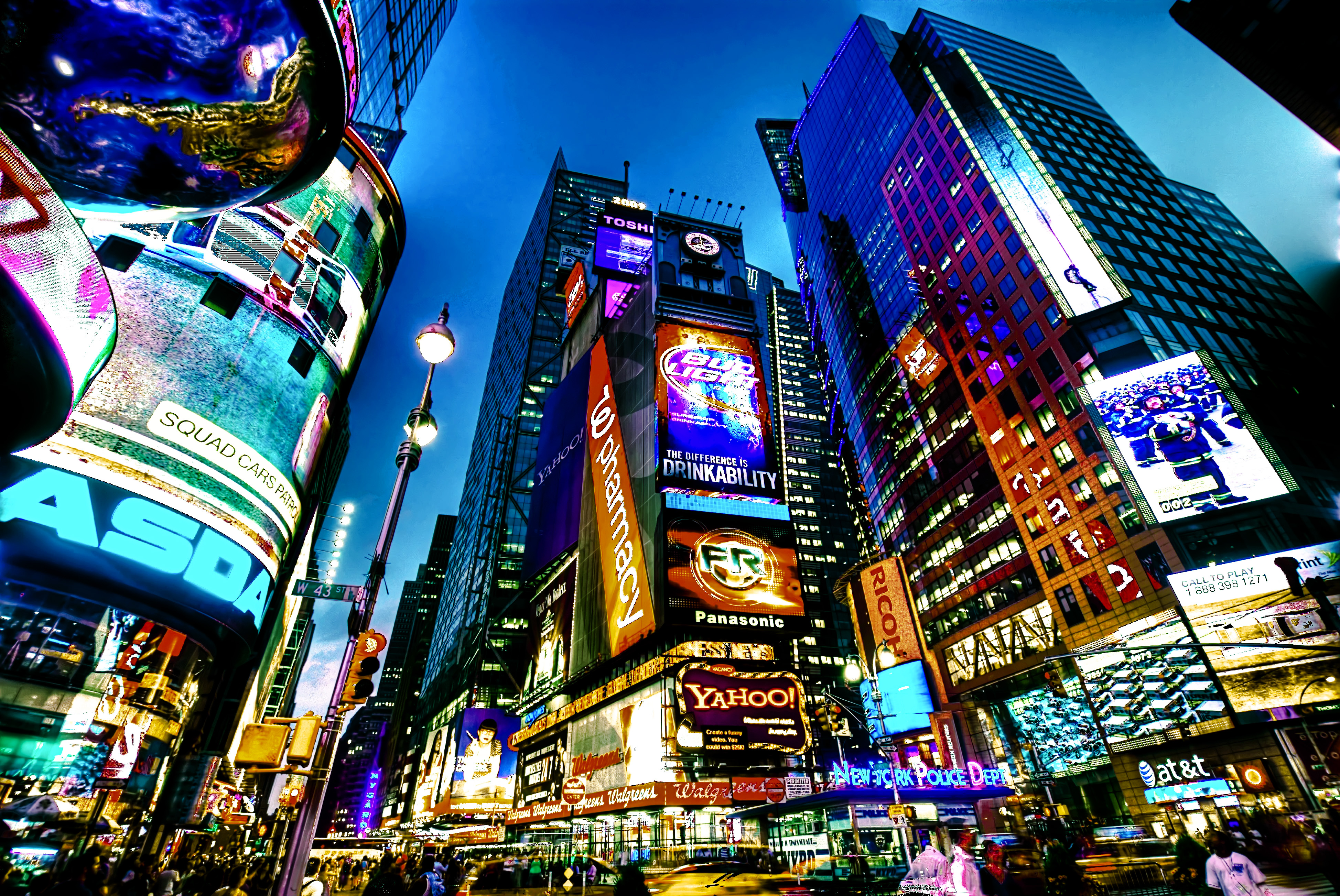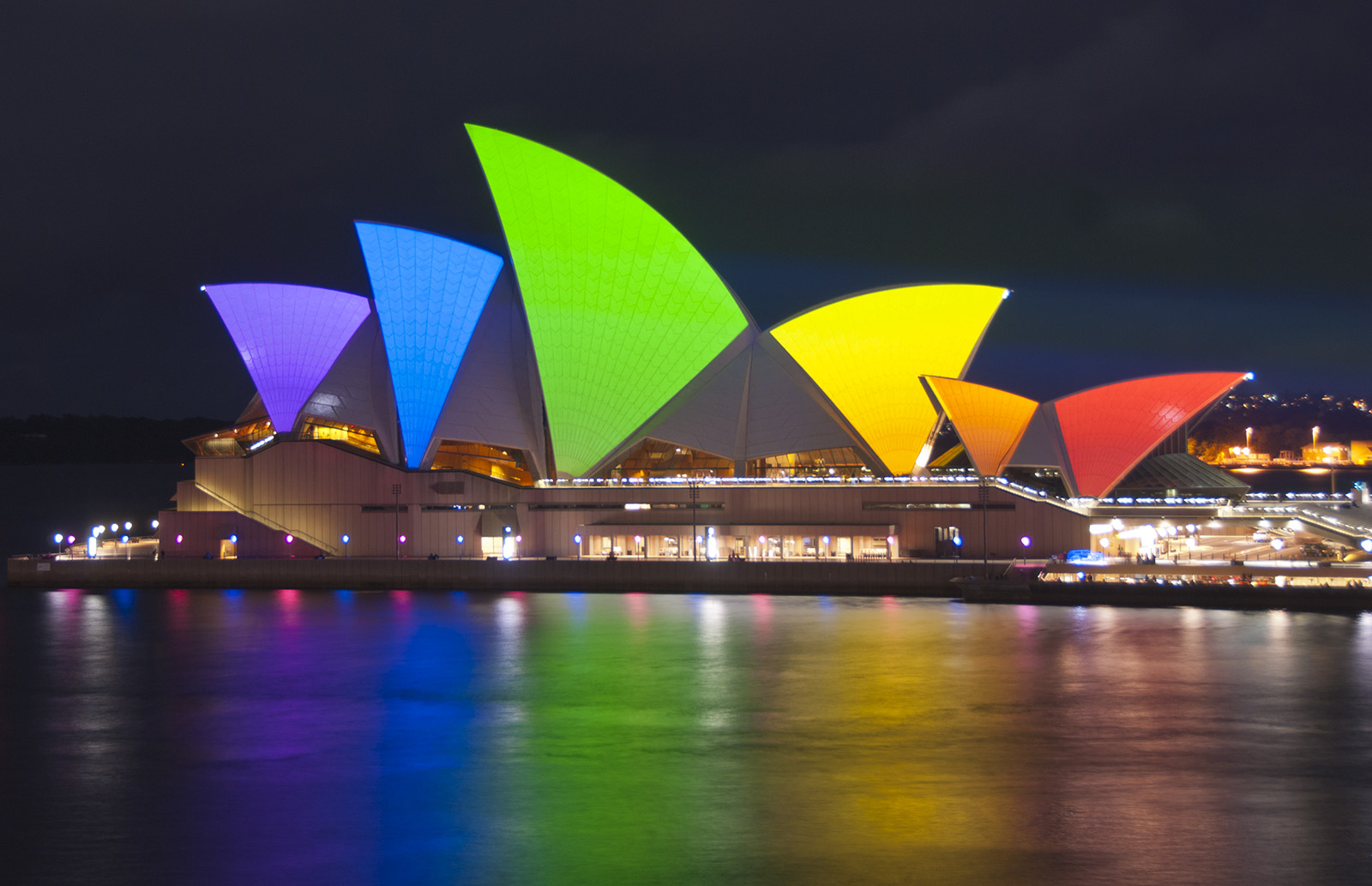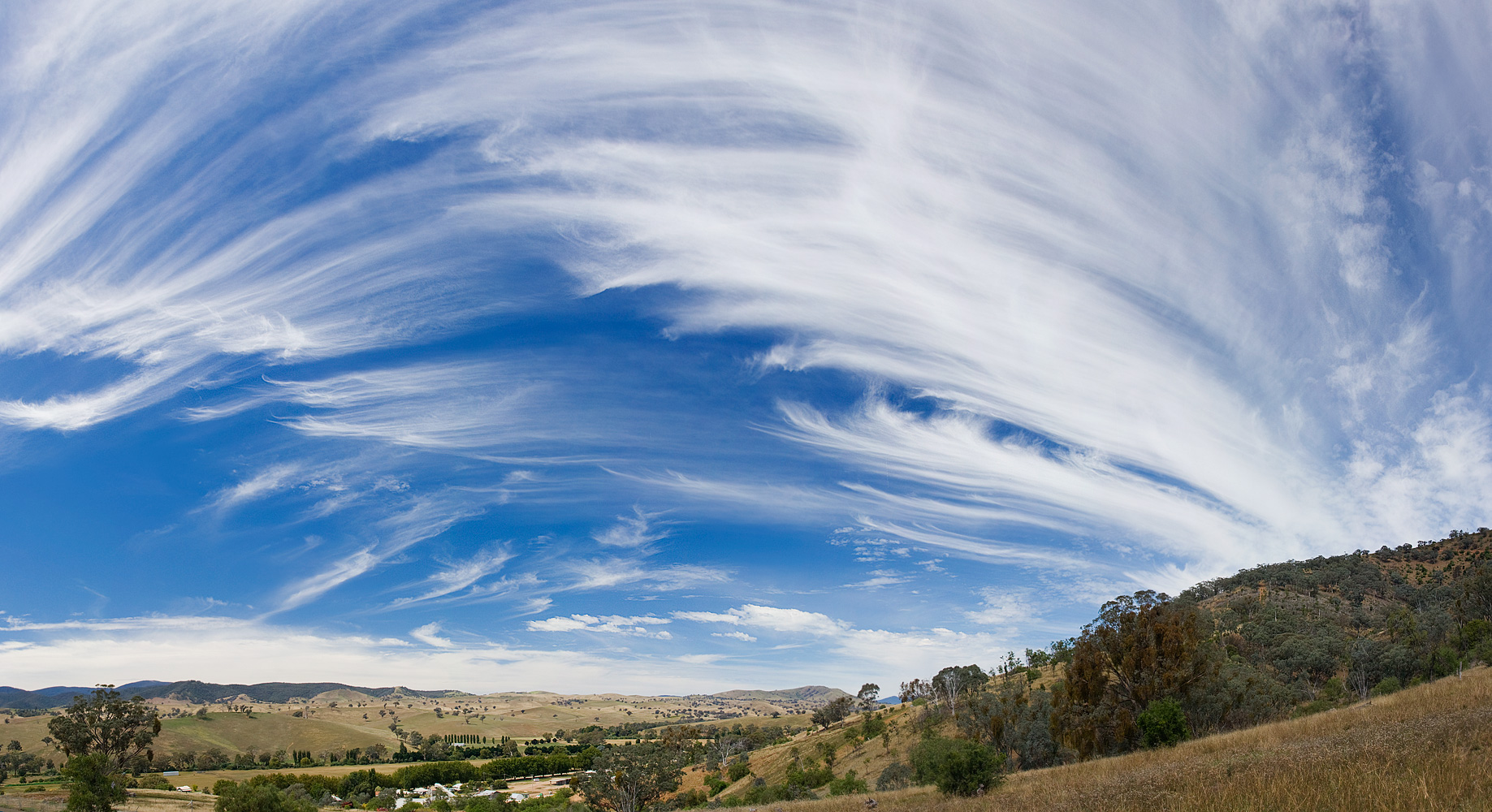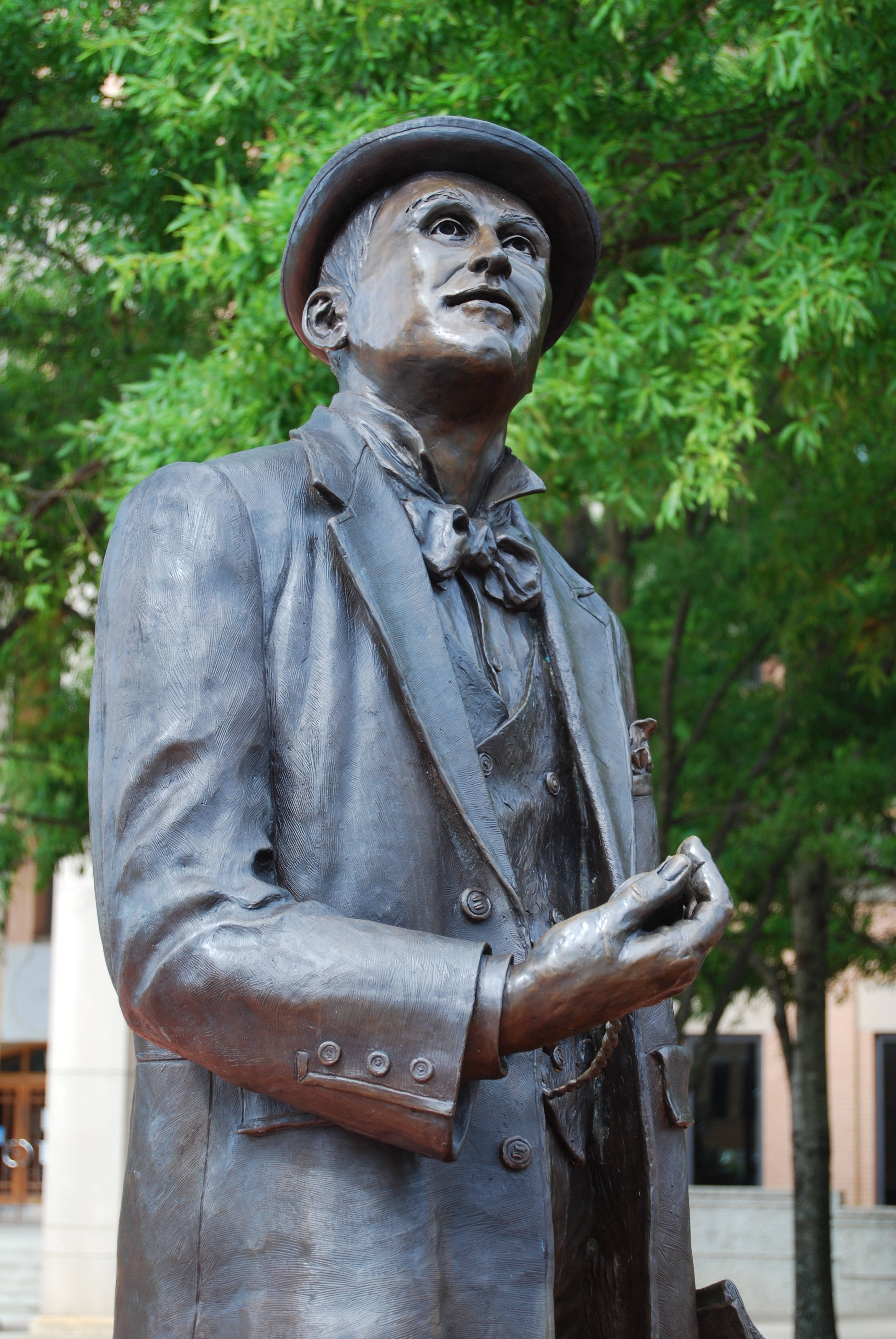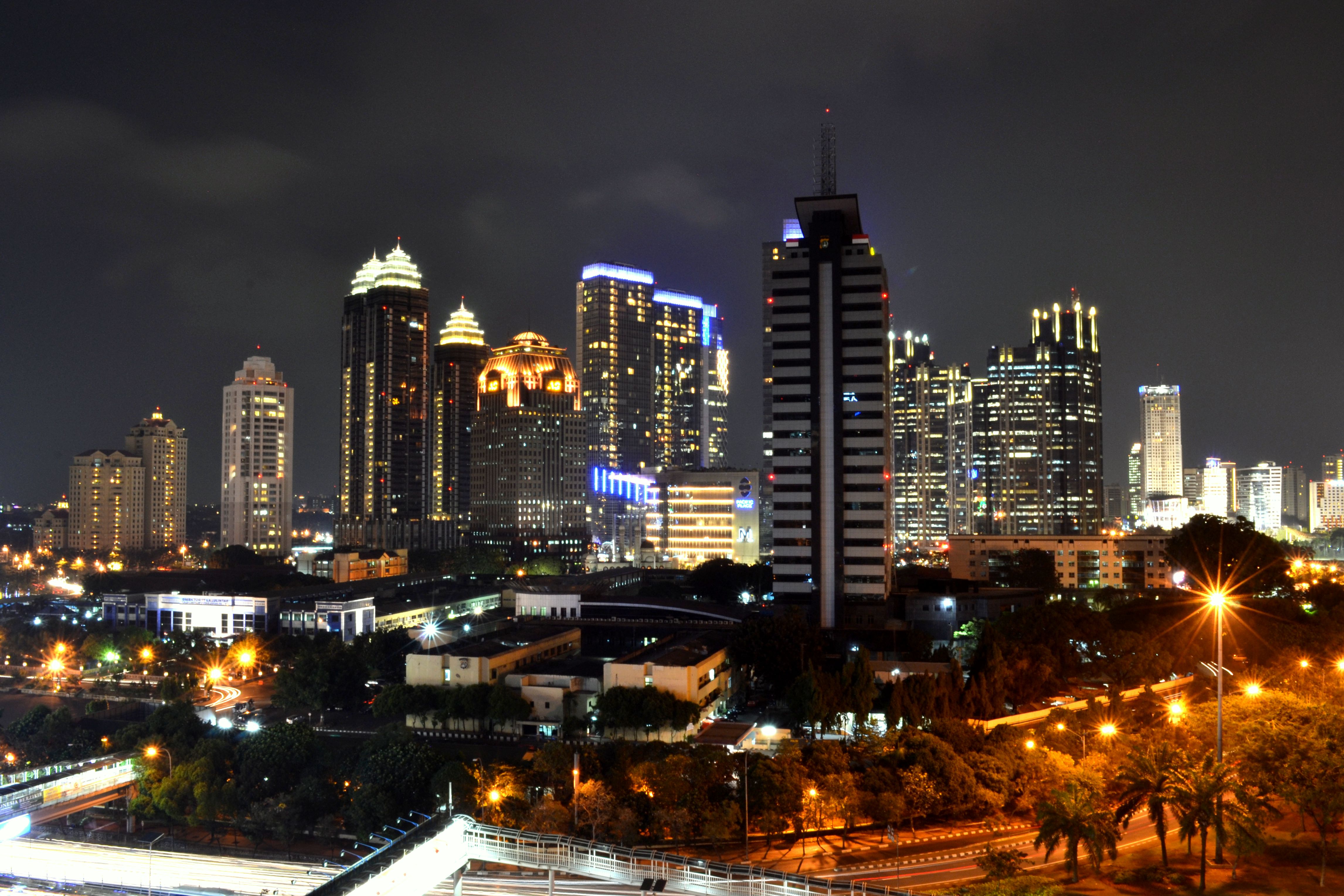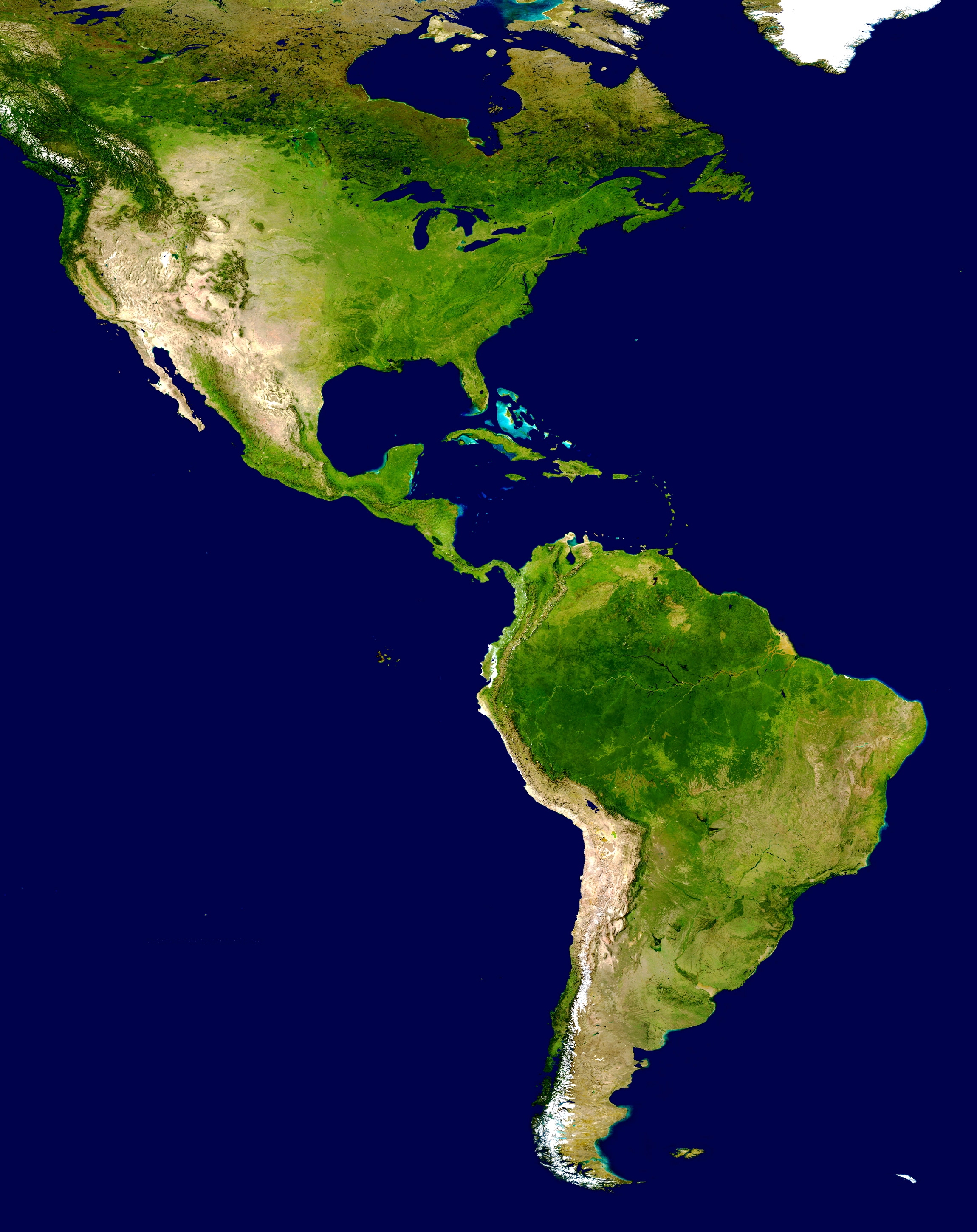
Many of the world’s great cities were built as ports, welcoming ships, trade, and opportunity. Singapore is an example. So is New York. Coastal cities must contend with typhoons, hurricanes, rains, and flooding. With climate change, so-called “thousand-year floods” are happening more frequently than such a name might indicate. During Hurricane/Super Storm Sandy, New York saw Wall Street underwater. Another problem? Sea-rise. Here are some of the cities that may suffer inundation: Shanghai, Osaka, Alexandria, Miami, Rio de Janeiro, Amsterdam. Dhaka (19 million) is especially threatened, with danger beyond the capital city: Bangladesh may see 17% of land underwater and 18 million people displaced. Jakarta (10 million) is the fastest-sinking city in the world with 13 rivers merging into Indonesia’s Java Sea on which the coastal capital is located.

How can coastal cities defend themselves against rising seas and flooding from storms? One approach is rethinking city surfaces from hard asphalt to spongy grass. Copenhagen decided to redesign the city after receiving six inches of rain in two hours during a 2011 storm. Over 300 projects from large parks and greenways, to tiny garden plots with bioswales to absorb rainwater, began the transformation. New York followed suit, forming a partnership with Copenhagen to exchange ideas and measure results. Copenhagen and New York may be cities of different size, but the problems of sea-rise and flooding threaten all coastal cities (and, of course, island states and nations).
But it’s not just physical infrastructure that makes a city resilient. It’s also another kind of infrastructure: governance. The Sustainable Solutions Lab (SSL) in a 2018 report “Governance for a Changing Climate: Adapting Boston’s Built Environment for Increased Flooding” recommended a joint state-municipal commission to deal with increasing climate impact. Governance suggested: 1) reform existing tools including acts and laws; 2) coordinate water/sewer, transport, energy, and telecommunications to a common standards; 3) combine scientists and government agencies in a climate advisory team; 4) establish governance and district-scale flood protection. University of Massachusetts Boston Sustainable Solutions Lab‘s previous reports on Boston included financing solutions to climate change, and a feasibility study of harbor barriers.

Coastal cities might look to Boston’s approach as one model that cities can enact. Cities have a unique capability to address climate change.
According to Michael Bloomberg, three-time mayor of New York, cities can respond faster to climate change because they can pass laws quickly, decide upon structural change, fund urban design initiatives, and coordinate governance. The Global Covenant of Mayors, representing 9,149 cites housing 780,804,596 people worldwide, signed a Climate & Energy agreement to bring cities together to respond to climate change. Bloomberg and European Commission Vice-President Maroš Ṧefcovič co-chair the board; Christiana Figures, architect of the Paris Agreement and founder of Global Optimism, serves as vice-chair. The mission combines initiatives with inclusion to achieve a just, low-emission, resilient future. Cities may be the first responders to climate change.
Barron, James. “New York’s Next Nickname: The Big Sponge?” 27 September 2018. The New York Times.https://www.nytimes.com/2018/09/27/nyregion/new-york-flooding.html
Glennon, Robert. “The Unfolding Tragedy of Climate Change in Bangladesh.” 21 April 2017. Scientific American. https://blogs.scientificamerican.com/guest-blog/the-unfolding-tragedy-of-climate-change-in-bangladesh/.
Global Covenant of Mayors. https://www.globalcovenantofmayors.org
Holder, Josh, Niko Kommenda, Jonathan Watts, “The three-degree world: the cities that will be drowned by global warming.” 3 November 2017. The Guardian. https://www.theguardian.com/cities/ng-interactive/2017/nov/03/three-degree-world-cities-drowned-global-warming/.
Kruel, Stephanie, VHB; Rebecca Herst, Sustainable Solutions Lab; David Cash, McCormack Graduate School of Policy and Global Studies. Sustainable Solutions Lab, University of Massachusetts Boston, “Governance for a Changing Climate: Adopting Boston’s Built Environment for Increased Flooding.” https://www.umb.edu/editor_uploads/images/centers_institutes/sustainable_solutions_lab/Governance-for-a-Changing-Climate-Full-Report-UMB-SSL.pdf
Lin, Mayuri Mei, and Raki Hidayat. “Jakarta, the fastest-sinking city in the world.” 13 August 2018, BBC News. https://www.bbc.com/news/world-asia-44636934/.
University of Massachusetts Boston, “Governance for a Changing Climate” 28 September 2018. https://www.umb.edu/news/detail/umass_boston_report_laws_revamp_for_good_governance_in_climate_change_era.
Building the World Blog by Kathleen Lusk Brooke and Zoe G Quinn is licensed under a Creative Commons Attribution-NonCommercial-NoDerivs 3.0 Unported License
